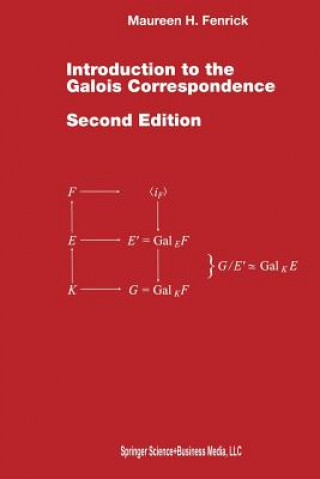
Kód: 06795173
Introduction to the Galois Correspondence
Autor Maureen H. Fenrick
In this presentation of the Galois correspondence, modern theories of groups and fields are used to study problems, some of which date back to the ancient Greeks. The techniques used to solve these problems, rather than the soluti ... celý popis
- Jazyk:
 Angličtina
Angličtina - Vazba: Brožovaná
- Počet stran: 244
Nakladatelství: Springer, Berlin, 2013
- Více informací o knize

1681 Kč

Skladem u dodavatele v malém množství
Odesíláme za 12-15 dnů
Potřebujete více kusů?Máte-li zájem o více kusů, prověřte, prosím, nejprve dostupnost titulu na naši zákaznické podpoře.
Přidat mezi přání
Mohlo by se vám také líbit
-

Beyond the Asterisk
5255 Kč -

Reshaping Our National Parks and Their Guardians
705 Kč -

Vivien
414 Kč -

Realm of Ghosts
232 Kč -

Conversing With Uncertainty
1664 Kč -

Autonomia en Estudiantes Universitarios
1769 Kč -

Introducción a los Modelos Digitales de Elevación en Topografía
1033 Kč
Dárkový poukaz: Radost zaručena
- Darujte poukaz v libovolné hodnotě a my se postaráme o zbytek.
- Poukaz se vztahuje na celou naši nabídku.
- Elektronický poukaz vytisknete z e-mailu a můžete ihned darovat.
- Platnost poukazu je 12 měsíců od data vystavení.
Více informací o knize Introduction to the Galois Correspondence
Nákupem získáte 168 bodů
 Anotace knihy
Anotace knihy
In this presentation of the Galois correspondence, modern theories of groups and fields are used to study problems, some of which date back to the ancient Greeks. The techniques used to solve these problems, rather than the solutions themselves, are of primary importance. The ancient Greeks were concerned with constructibility problems. For example, they tried to determine if it was possible, using straightedge and compass alone, to perform any of the following tasks? (1) Double an arbitrary cube; in particular, construct a cube with volume twice that of the unit cube. (2) Trisect an arbitrary angle. (3) Square an arbitrary circle; in particular, construct a square with area 1r. (4) Construct a regular polygon with n sides for n 2. If we define a real number c to be constructible if, and only if, the point (c, 0) can be constructed starting with the points (0,0) and (1,0), then we may show that the set of constructible numbers is a subfield of the field R of real numbers containing the field Q of rational numbers. Such a subfield is called an intermediate field of Rover Q. We may thus gain insight into the constructibility problems by studying intermediate fields of Rover Q. In chapter 4 we will show that (1) through (3) are not possible and we will determine necessary and sufficient conditions that the integer n must satisfy in order that a regular polygon with n sides be constructible.
 Parametry knihy
Parametry knihy
Zařazení knihy Knihy v angličtině Mathematics & science Mathematics Algebra
1681 Kč
- Plný název: Introduction to the Galois Correspondence
- Autor: Maureen H. Fenrick
- Jazyk:
 Angličtina
Angličtina - Vazba: Brožovaná
- Počet stran: 244
- EAN: 9781461272854
- ISBN: 1461272858
- ID: 06795173
- Nakladatelství: Springer, Berlin
- Hmotnost: 403 g
- Rozměry: 235 × 155 × 13 mm
- Datum vydání: 12. March 2013
Oblíbené z jiného soudku
-
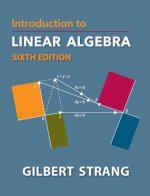
Introduction to Linear Algebra
2523 Kč -

How Not to Be Wrong
312 Kč -

Linear Algebra For Dummies
483 Kč -
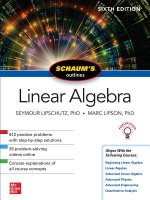
Schaum's Outline of Linear Algebra, Sixth Edition
566 Kč -
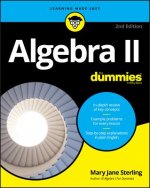
Algebra II For Dummies, 2nd Edition
483 Kč -
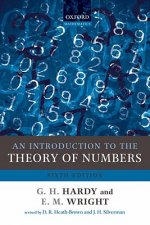
Introduction to the Theory of Numbers
1740 Kč -
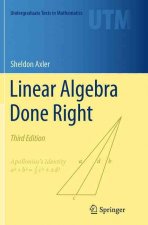
Linear Algebra Done Right
1387 Kč -

Algebra I For Dummies, 2nd Edition
472 Kč -

Schaum's Outline of Elementary Algebra, 3ed
732 Kč -

Schaum's Outline of Abstract Algebra
692 Kč -

Schaum's Outline of Modern Abstract Algebra
725 Kč -
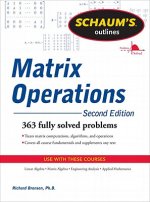
Schaum's Outline of Matrix Operations
613 Kč -

Pre-Algebra
2776 Kč -

Schaum's Outline of College Algebra, Fifth Edition
410 Kč -
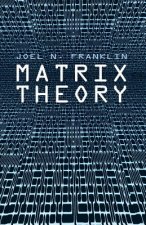
Matrix Theory
419 Kč -
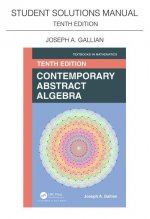
Student Solutions Manual for Gallian's Contemporary Abstract Algebra
1595 Kč -
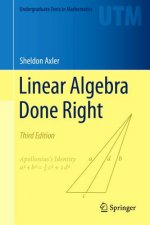
Linear Algebra Done Right
1468 Kč -

Linear Algebra Done Right
1854 Kč -
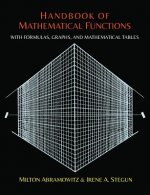
Handbook of Mathematical Functions with Formulas, Graphs, and Mathematical Tables
1030 Kč -
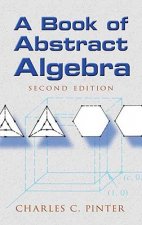
Book of Abstract Algebra
616 Kč -
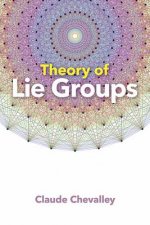
Theory of Lie Groups
312 Kč -

Manga Guide To Linear Algebra
551 Kč -
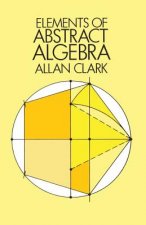
Elements of Abstract Algebra
282 Kč -
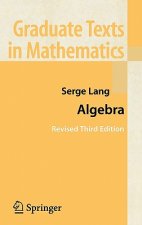
Algebra
1771 Kč -

Algebra II Workbook For Dummies, 3rd Edition with OP
483 Kč -
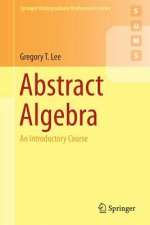
Abstract Algebra
1164 Kč -

Algebra
1356 Kč -
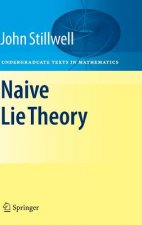
Naive Lie Theory
1217 Kč -
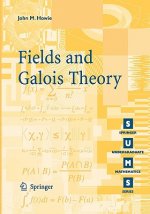
Fields and Galois Theory
1164 Kč -

Boolean Algebra and Its Applications
312 Kč -
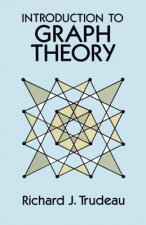
Introduction to Graph Theory
361 Kč -

3,000 Solved Problems in Linear Algebra
894 Kč -
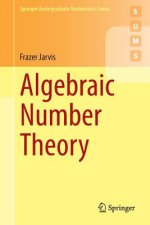
Algebraic Number Theory
1164 Kč -

Head First Algebra
800 Kč -
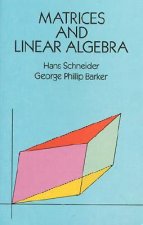
Matrices and Linear Algebra
451 Kč -
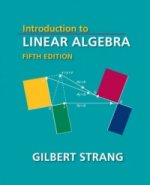
Introduction to Linear Algebra
2212 Kč -
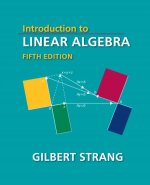
Introduction to Linear Algebra
2645 Kč -
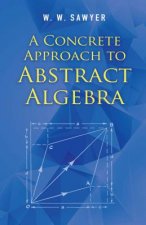
Concrete Approach to Abstract Algebra
343 Kč -
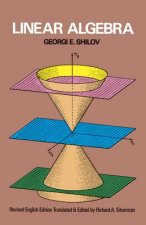
Linear Algebra
505 Kč -

Abstract Algebra 3e (WSE)
4445 Kč -
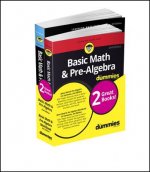
Basic Math & Pre-Algebra For Dummies Book + Workbo ok Bundle 2e
574 Kč -

Algebra I For Dummies Book + Workbook Bundle, 3rd Edition
574 Kč -
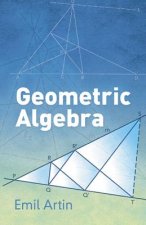
Geometric Algebra
343 Kč -

Finite-Dimensional Vector Spaces
322 Kč -

Mathematics for Quantum Chemistry
369 Kč -

Contemporary Abstract Algebra
3015 Kč -

Student's Guide to Vectors and Tensors
882 Kč -

McGraw-Hill Education Algebra I Review and Workbook
318 Kč -

Abelian Varieties
343 Kč
Osobní odběr Praha, Brno a 12903 dalších
Copyright ©2008-24 nejlevnejsi-knihy.cz Všechna práva vyhrazenaSoukromíCookies


 Vrácení do měsíce
Vrácení do měsíce 571 999 099 (8-15.30h)
571 999 099 (8-15.30h)